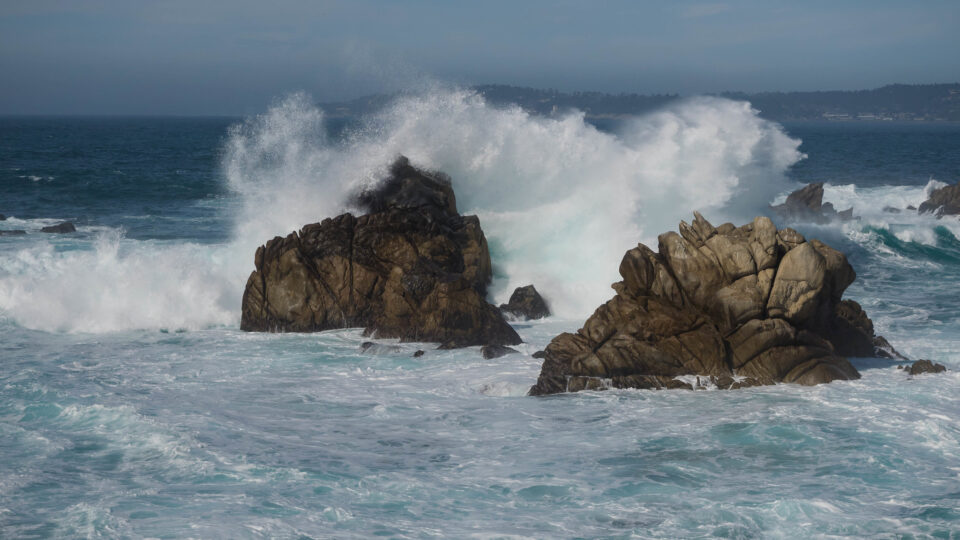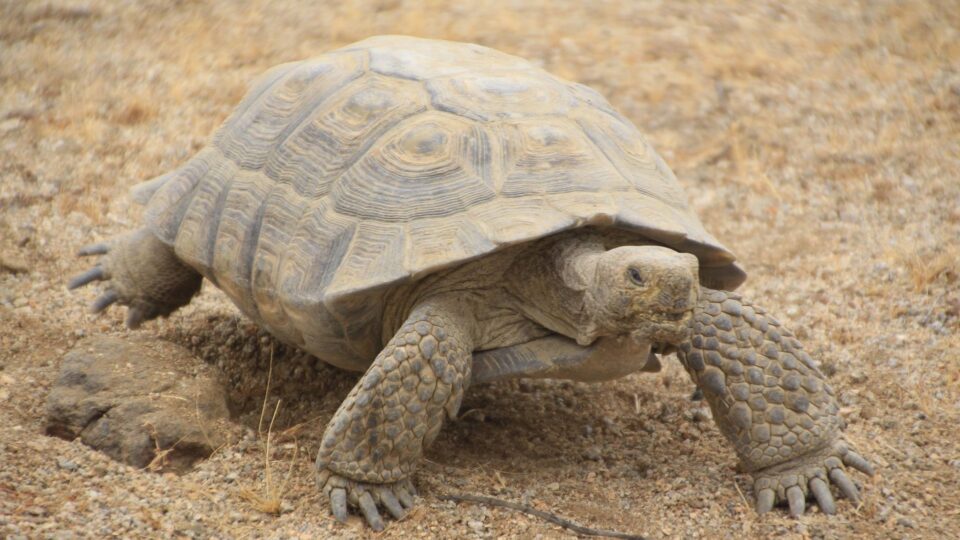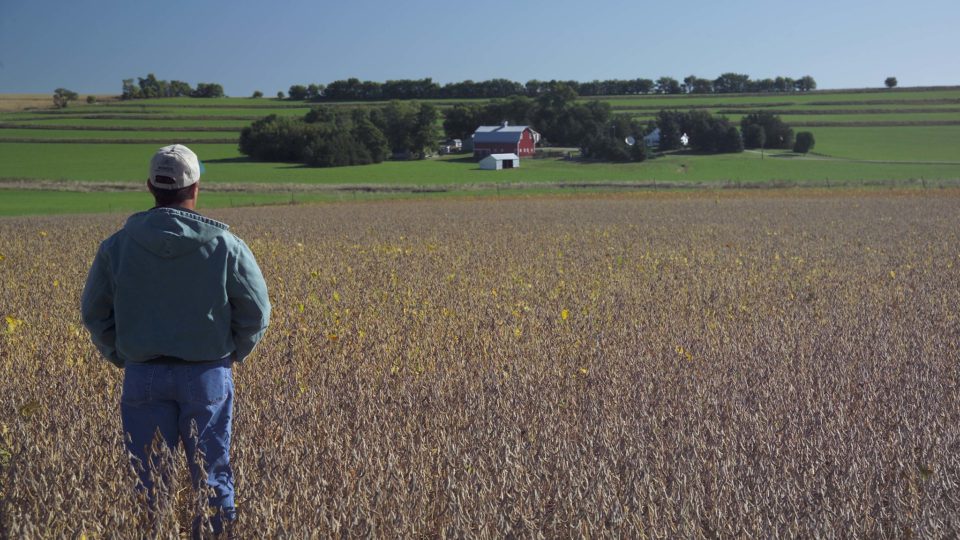The primary indicator of global climate change is the Global Mean Surface Temperature of the Earth and the world’s nations are trying to keep its increase below 1.5 degrees Celsius over the pre-industrial level. That rise in temperature is called the Global Surface Temperature Anomaly and it actually reached an all-time high in 2016 at 1.02 degrees before going back down.
At this point, you might be saying, “hold on there… it hasn’t gotten larger over the past 5 years?” What’s going on?
The global climate is pretty complicated and there are many things that influence it. One of the most significant factors is the El Niño Southern Oscillation or, more familiarly, the El Niño. The El Niño is a periodic and irregular variation in the sea surface temperature of the tropical eastern Pacific Ocean driven by persistent westerly winds. When an El Niño is happening, currents move to the west coast of South America and warm the tropics and subtropics. This causes a spike in the global mean temperature. There was a strong El Niño in 2016.
On the other hand, when easterly winds dominate to form a La Niña, cool water comes up from the depths of the Pacific and cools the atmosphere. In 2017 and 2018, there was a fairly strong La Niña, lowering the global mean temperature. 2020 had no El Niño or La Niña, and the global temperature went back up to its previous peak. Last year, there was again a La Niña and the temperature dipped again.
The global mean surface temperature has been rising in the industrial era, but it also fluctuates with the complicated dynamics of the Pacific Ocean.
**********
Web Links
Photo, posted February 12, 2016, courtesy of Amit Patel via Flickr.
Earth Wise is a production of WAMC Northeast Public Radio.



